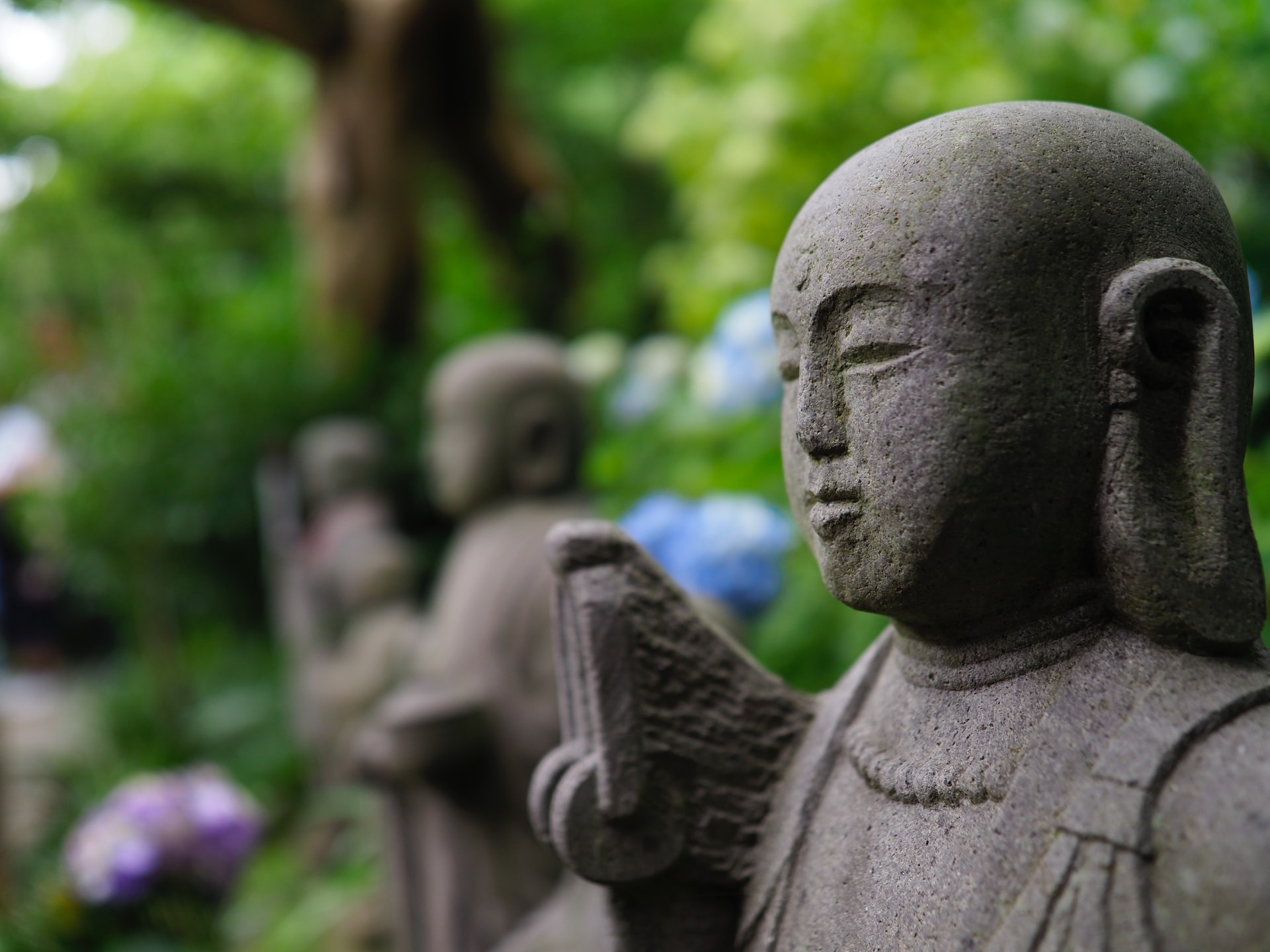All shrines and temples are not created equal and one of the best cities to see that this is true, is Kamakura in Japan. In this former capital, you can spend an entire day visiting temples and shrines without getting tired of it, because the landscapes you can see on their grounds are varied and exquisite. The temples and shrines in Kamakura are not only beautiful, but they can also teach you a lot about the illustrious history of Japan. The best way to explore the city of Kamakura and its many interesting sights is with a private tour where local guides who know the city in and out can tell you all the stories relating to these sanctuaries.
▶Book Kamakura Private Walking Tour
Let’s see some of the most beautiful and interesting temples and shrines in Kamakura!
- 1. Hokokuji Temple (報国寺)
- 2. Tsurugaoka Hachimangu shrine (鶴岡八幡宮)
- 3. Kotoku-in Temple (鎌倉大仏殿高徳院)
- 4. Hasedera Temple (長谷寺)
- 5. Myoho-ji Temple (妙法寺)
- 6. Meigetsu-in Temple (明月院)
- 7. Engakuji Temple (円覚寺)
- 8. Zeniarai Benten Shrine (銭洗弁天)
- 9. Sasuke Inari Shrine (佐助稲荷神社)
- Japan Wonder Travel Tours in Kamakura
- Other article you might enjoy
1. Hokokuji Temple (報国寺)
Also called the Bamboo Temple, this former family sanctuary of the Ashikaga warrior clan is especially famous for its mysteriously pretty bamboo grove, the smaller sibling of the bamboo forest in Arashiyama, Kyoto. While many violent scenes have taken place on the grounds of the Hokokuji temple, nowadays it is an oasis of peace and calm. The moss-covered garden in front of the temple is crisp and calming, and in the back you can find a dry landscape garden as well. The graves of the Ashikaga family can be seen in the caves behind the garden, but you may spend most time admiring the bamboo forest.
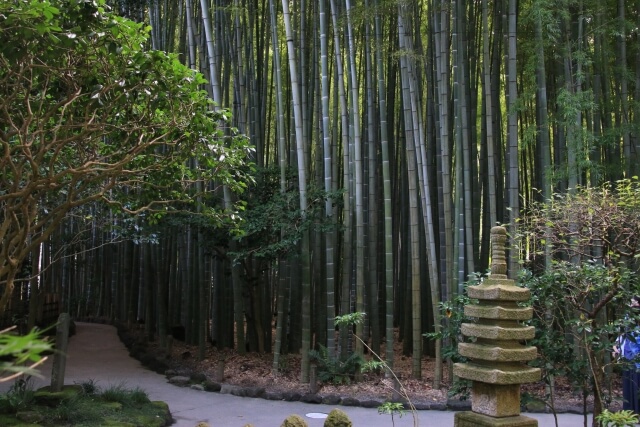
When you walk around the bamboo grove, it feels like you are in another world. Sound travels differently and the sunlight is filtered by the long stalks of bamboo. The grove is kept well, so you will often see newly-planted bamboo shoots that grow large quickly. Make sure to buy a ticket at the front for a cup of tea in the scenic tea house at the edge of the bamboo forest.
Hokokuji Temple
9am – 4pm
Admission fee ¥300 (+¥600 for the tea service)
2. Tsurugaoka Hachimangu shrine (鶴岡八幡宮)
Kamakura was made into Japan’s de facto capital in the 12th century by the Minamoto family. This made Kamakura the center of politics and culture until 1333, when the power went back to Kyoto. The Minamoto family made the Tsurugaoka Hachimangu their family shrine, making it the spiritual center of the population. Hachimangu, the deity that is revered here, is a god of the warriors which was very apt for a family like the Minamoto.

As the most important Shinto shrine of Kamakura, Tsurugaoka Hachimangu is also the most popular place to visit in the first week of January. This New Year’s visit is called hatsumode, during which people go to a temple or shrine to pray for a good year ahead. They also get a fortune slip that will tell them how their year is going to be.
Tsurugaoka Hachimangu shrine
5am – 9pm (from 6am from October to March)
Free admission
3. Kotoku-in Temple (鎌倉大仏殿高徳院)
Known for its large bronze Great Buddha statue, one of the most famous Buddha statues in Japan, Kotoku-in is usually the number one sight on Kamakura travelers’ itineraries. Built in the 13th century, this is Kamakura’s most well-known symbol. During the Kamakura period, both Nichiren Buddhism and Rinzai Zen Buddhism originated here so it is only apt that the city’s most famous image is that of a Buddha. The Big Buddha, known as Daibutsu, is sitting peacefully under the sky, as the building around it was washed away in a tsunami centuries ago.
While it is largely green now after having been exposed to the elements, Daibutsu used to be covered in gold. You can still see evidence of its former color if you look closely at the left side of the face. The statue is hollow, and for only 20 yen you can enter the statue from the back to see what it looks like on the inside.
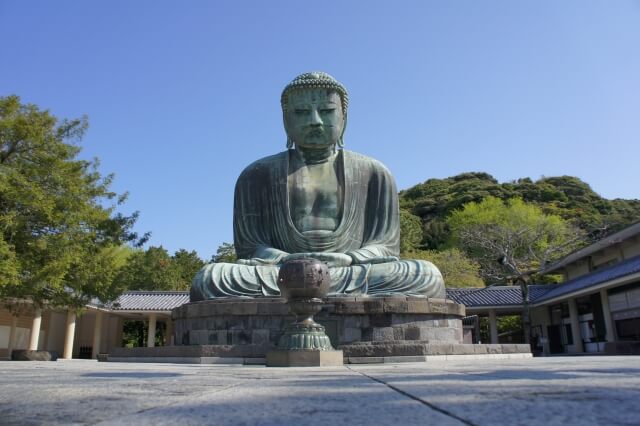
Kotoku-in Temple
8am – 5:30pm
Admission fee ¥300 (+¥20 to visit the statue interior)
4. Hasedera Temple (長谷寺)
This Buddhist temple has so many points of interest on its grounds that you can easily spend 2 hours here. The main deity that is revered here is Kannon, the goddess of mercy. She has a 9-meter tall wooden statue in Hasedera’s main hall that was allegedly found floating in the sea near Kamakura in the 8th century. The temple’s garden is gorgeous in all seasons and especially so during the spring and fall seasons. Near the entrance there is a meticulously manicured dry landscape garden and there is a Benzaiten cave in which you can light candles or place small statues of the goddess of music.
When you go to the upper level of the garden you will see a place full of small jizo statues, which were placed there to commemorate children who left this life before birth. Walking to the edge of the grounds you can see a lovely view of coastal Kamakura, and the uppermost area is a famous hydrangea path. If you are visiting Hasedera in June, this path is covered in pinks, purples, and whites with blooming hydrangea, earning the temple it’s nickname as Flower temple.
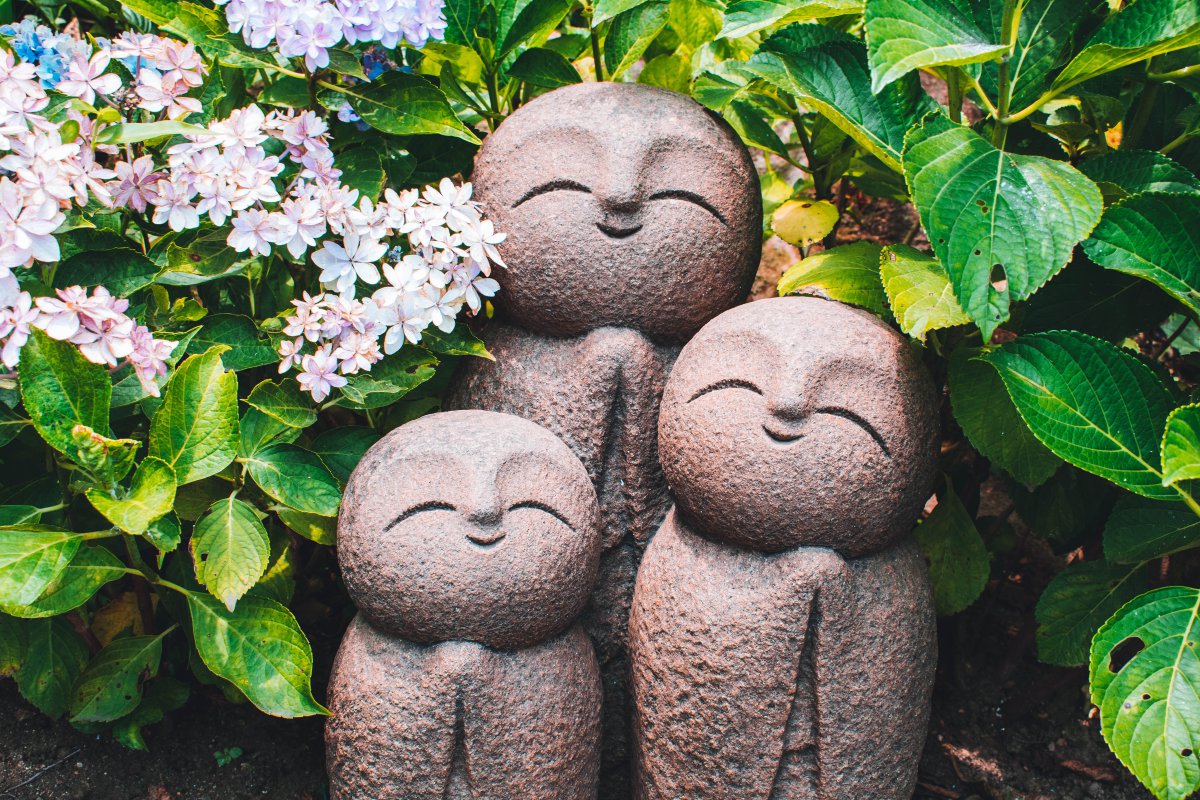
Hasedera Temple
8am – 5pm (March – September)
8am – 4:30pm (October – February)
Admission fee ¥400
5. Myoho-ji Temple (妙法寺)
Myoho-ji temple is situated in a quiet corner of Kamakura, and it is a perfect place to go for some calm contemplation in natural surroundings. Having strong links to Nichiren, the founder of the form of Buddhism with the same name, the temple’s cultural significance is great. While you can’t enter any of the buildings, the main reason that this temple is famous is the 50-step mossy stairway that gives the grounds an otherworldly feel.
The nickname of this temple is ‘Kokedera’, similar to Saihoji in Kyoto, which literally means ‘moss temple’. You can climb the stairs and go even higher to see a nice view of Kamakura. Myoho-ji is a bit off the beaten path and this is one of the temple that has few tourists, so chances are that you can take some nice pictures here.
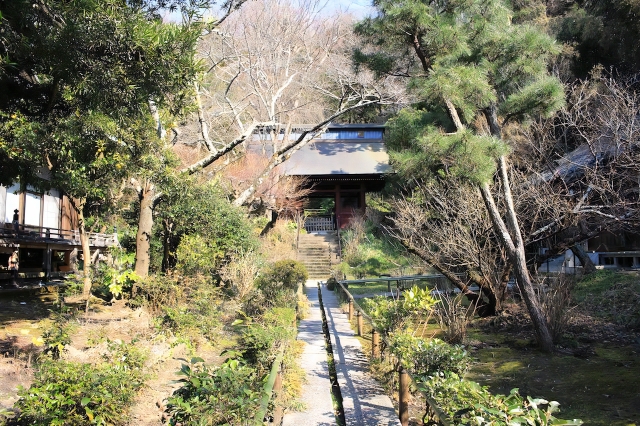
Myoho-ji Temple
9am – 5pm
Free admission
6. Meigetsu-in Temple (明月院)
Once Meigetsu-in Temple was a part of a larger complex, but after the Meiji revolution happened, only this temple survived. While the temple is worth a visit year-round, it is especially a must-see in June and in late November-early December. That is because these are the only times that the inner garden is open to the public, which is gorgeous when the irises and hydrangea bloom in June and with the fall foliage in November/December. As the hydrangeas can be seen all over the grounds, Meigetsu-in is also called Ajisaidera or Hydrangea Temple sometimes.
Besides the wonderful flowers, there is another famous photo opportunity in Meigetsu-in as well: the round window in the Main Hall creates a perfect frame around the garden behind it. The Founder’s Hall is also of interest, where you can see the mortuary tablets of the past head priests of the temple. And if you love animals, you may be pleasantly surprised by the cute rabbits that are kept on the grounds!
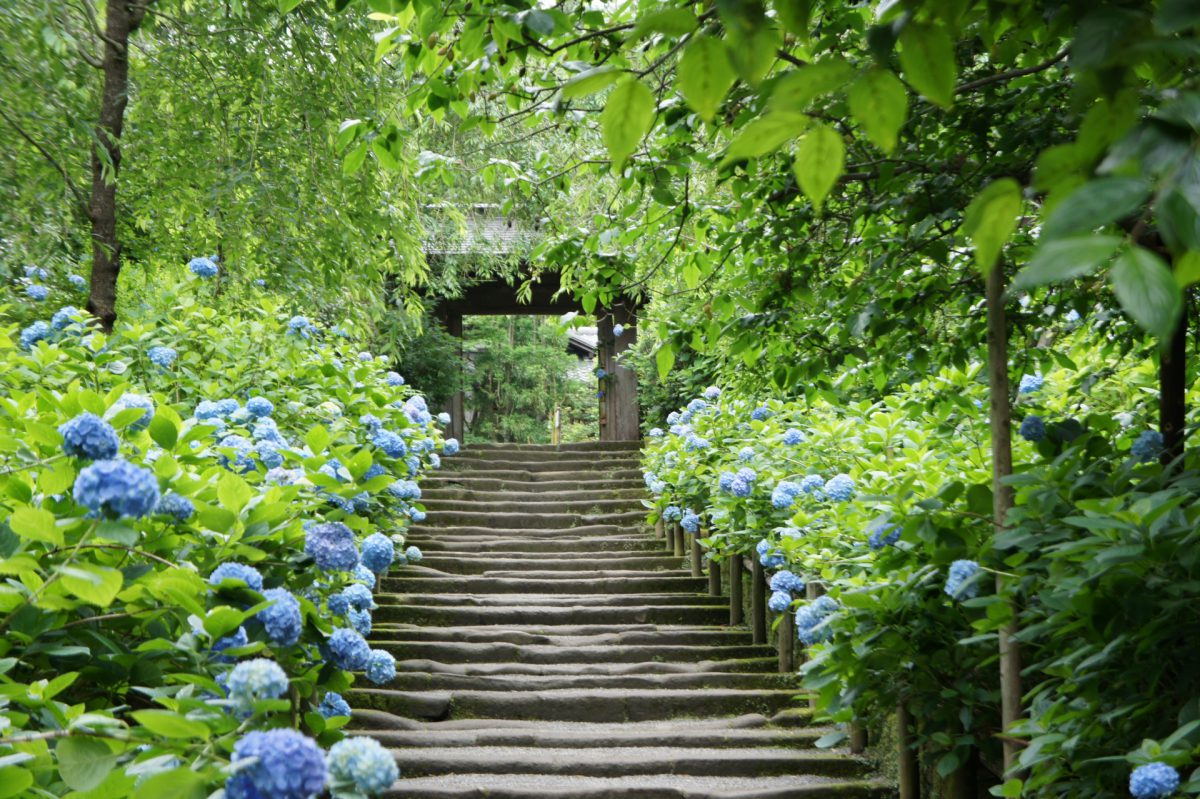
Meigetsu-in Temple
9am – 4pm (July to May)
8.30am 5pm (June)
Admission fee ¥500
7. Engakuji Temple (円覚寺)
Engakuji Temple is beautifully situated in the wooded northern part of Kamakura, making it a popular destination for fall foliage in November. But it is worth the detour during the rest of the year as well, as Engakuji is one of the 5 great Zen temples of Kamakura. The grounds are quite large and spacious, giving the environment a peaceful atmosphere, and there are several noteworthy buildings such as the Sanmon Main Gate, the Shariden Hall, and the Butsuden where a Buddhist statue is displayed.

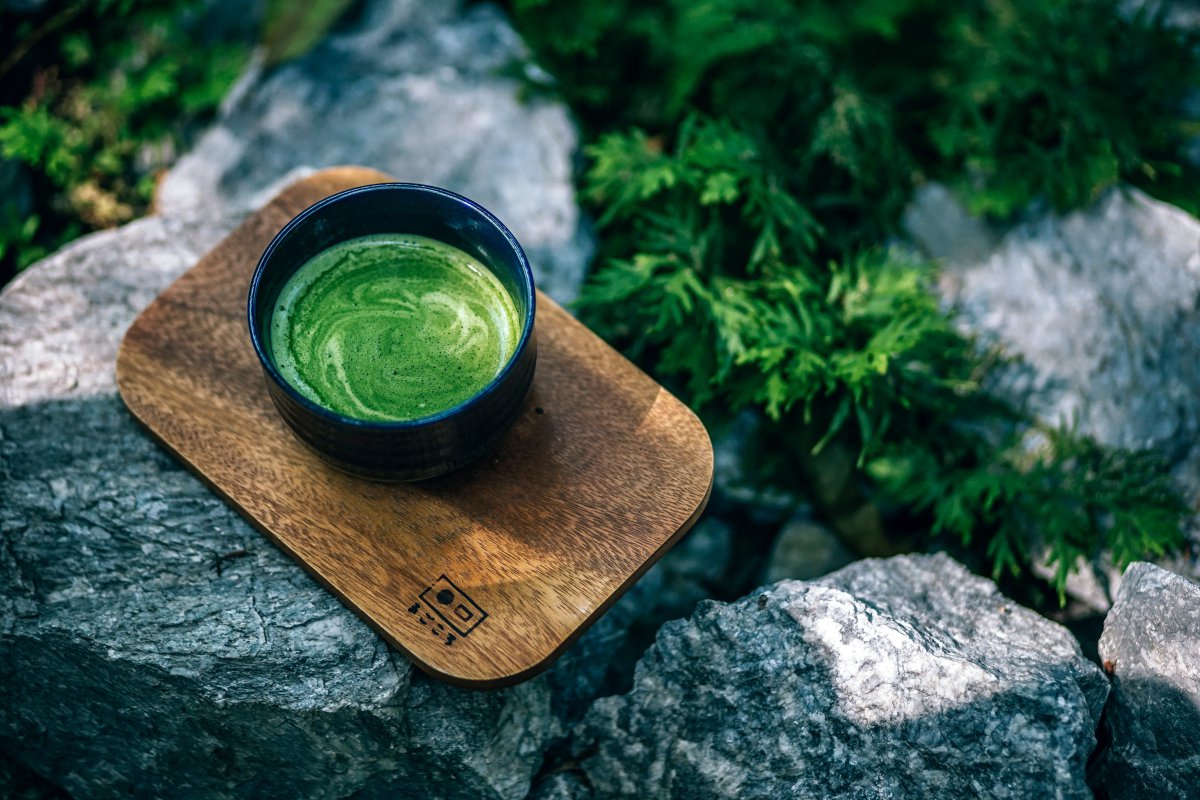
One of the best parts of Engakuji is that there is an on-site tea house where you can enjoy a deliciously crisp cup of healthy matcha tea. Moreover, if you are an early bird, on most mornings at 6 am they organize a zazen meditation practice that is also accessible for beginners. Please note that the explanation is only in Japanese, but you don’t need a reservation and the fee is only a voluntary donation.
Engakuji Temple
8am – 4:30pm
Admission fee ¥300
8. Zeniarai Benten Shrine (銭洗弁天)
The Romans said that money doesn’t smell, but if you still feel like washing your money, the Zeniarai Benten shrine is a great place to do so. This well-hidden shrine is dedicated to Benzaiten, the goddess of all that streams. Besides music and water, money streams as well, and the belief is that the water in the cave at this shrine is special. After renting a straw bucket for 100 yen, you can put your money in there and pour the water over it. Your money should multiply itself after that. If you want to get some extra luck, you can buy an egg at the shrine’s shop and donate it to the image of a snake in the cave.
Zeniarai Benten is also interesting because of its location, it is tucked away behind a natural wall, and there is a small waterfall on the grounds. There is a road lined with torii gates as well that leads up to the main place to say a prayer.
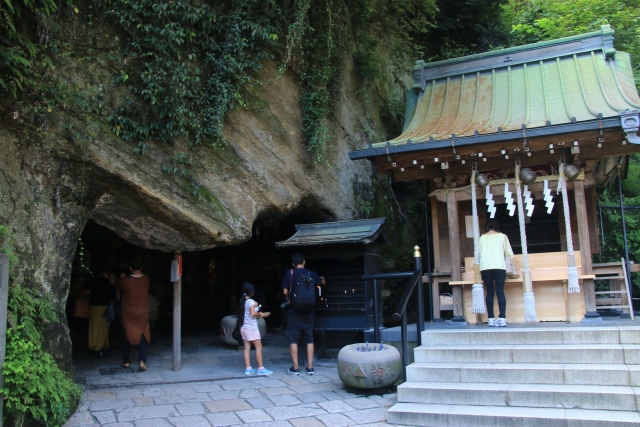
Zeniarai Benten Shrine
8am – 4:30pm
Free admission
9. Sasuke Inari Shrine (佐助稲荷神社)
Very near the popular Zeniarai Benten shrine is the Sasuke Inari shrine, which is surprisingly quiet and non-touristy as it is well-hidden. It is totally worth a visit though, for its mystical atmosphere and many good photo opportunities. Inari shrines are dedicated to the fox, who functions as a messenger between the people and the gods. Worshipers usually come here to pray for good connections in, for example, business or marriage.
Dozens of red torii gates lead to the shrine itself, looking like the famous Fushimi Inari Shrine in Kyoto, and once you get there you will be greeted by many cute small statues of foxes.
Sasuke Inari Shrine
10am – 5pm
Free admission
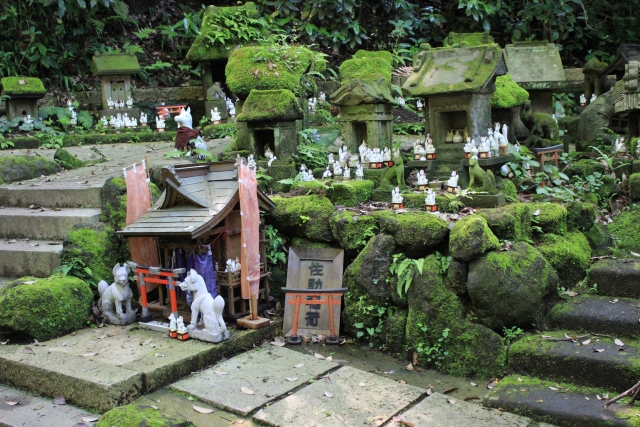
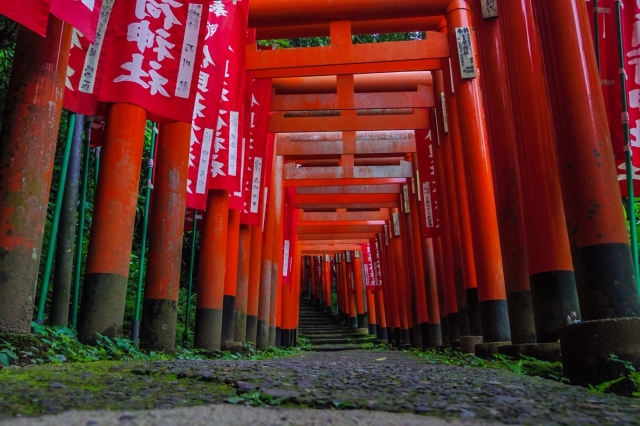
As you can see, there are so many sights to see in Kamakura’s many temples and shrines, and activities to enjoy such as drinking tea, practising meditation, and finding hidden spots. We believe that one day is often not enough, but if you are short on time and still want to make the most of your trip to Kamakura, it is highly recommended to hire a private guide. They can take you to some of the best spots and you can learn a lot about the complicated but interesting past of the picturesque seaside town full of history.
Japan Wonder Travel Tours in Kamakura
Japan Wonder Travel is a travel agency offering guided tours in Japan.
From private walking tours to delicious Food and Drink tours, we will organize the best tours for you! If you want to explore Japan to learn more histories and backstories of the area, our knowledgeable and friendly guide will happily take you to the best spots!
Also, we can provide you with any assistance for your upcoming trip in Japan, so please feel free to contact us if you have any questions/need some help!
▶Kamakura Private Walking Tour
Let’s explore the Kamakura area which is full of historical sites and nature with a local guide. This tour includes a visit to Tsurugaoka Hachiman Shrine, walking through Komachi shopping street, seeing Great Buddha, etc.

▶Kamakura Local Student Tour (6 Hours Private Customizable Tour)
“We are students from a local school in Kamakura!! We would love to show you around our favorite places which are both sightseeing spots and backstreets based on your request! Let’s talk and walk!!
Kamakura has many historically significant Buddhist temples and Shinto shrines, feel what it was like to be Samurai at the historic sites, such as Tsurugaoka Hachiman Shrine, Hasedera Temple and the Great Buddha! Of course, we will lead you to the local recommended spots, too!!”
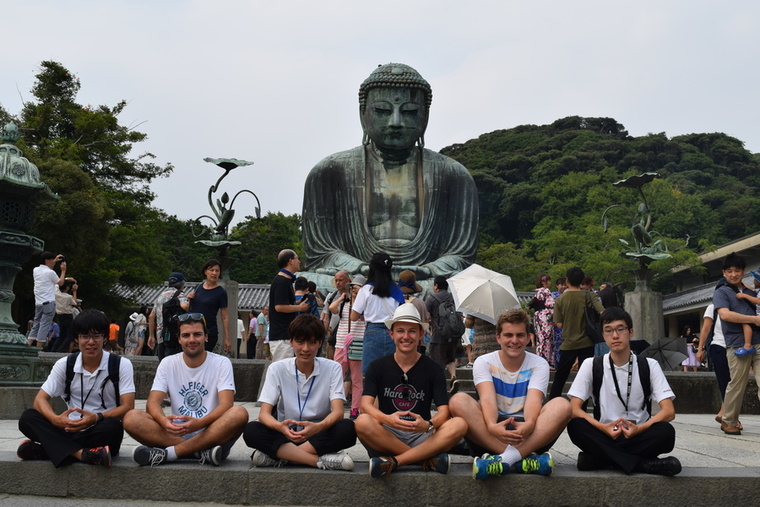
Follow us on Instagram, Facebook, Twitter, and TikTok for more travel inspiration. Or tag us to get featured!
Happy traveling!
Other article you might enjoy

Stefanie Akkerman moved from the Netherlands to Japan in 2013 with her Japanese husband and son. She jumped into the niche of Dutch tour guiding in Tokyo and Kamakura in 2015 and occasionally writes articles about all the great sights and activities Japan has to offer. She loves (Japanese) food, and to work that all off she goes diving, snorkeling, cycling, or hiking.
This post may contain some affiliate links. When you click through and make a purchase we may receive some commission, at no extra costs to you.
